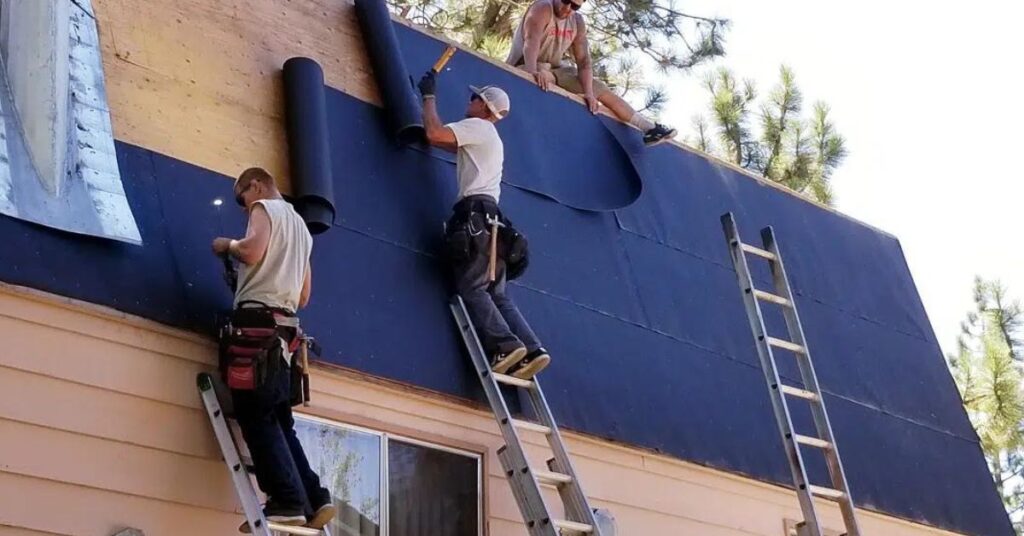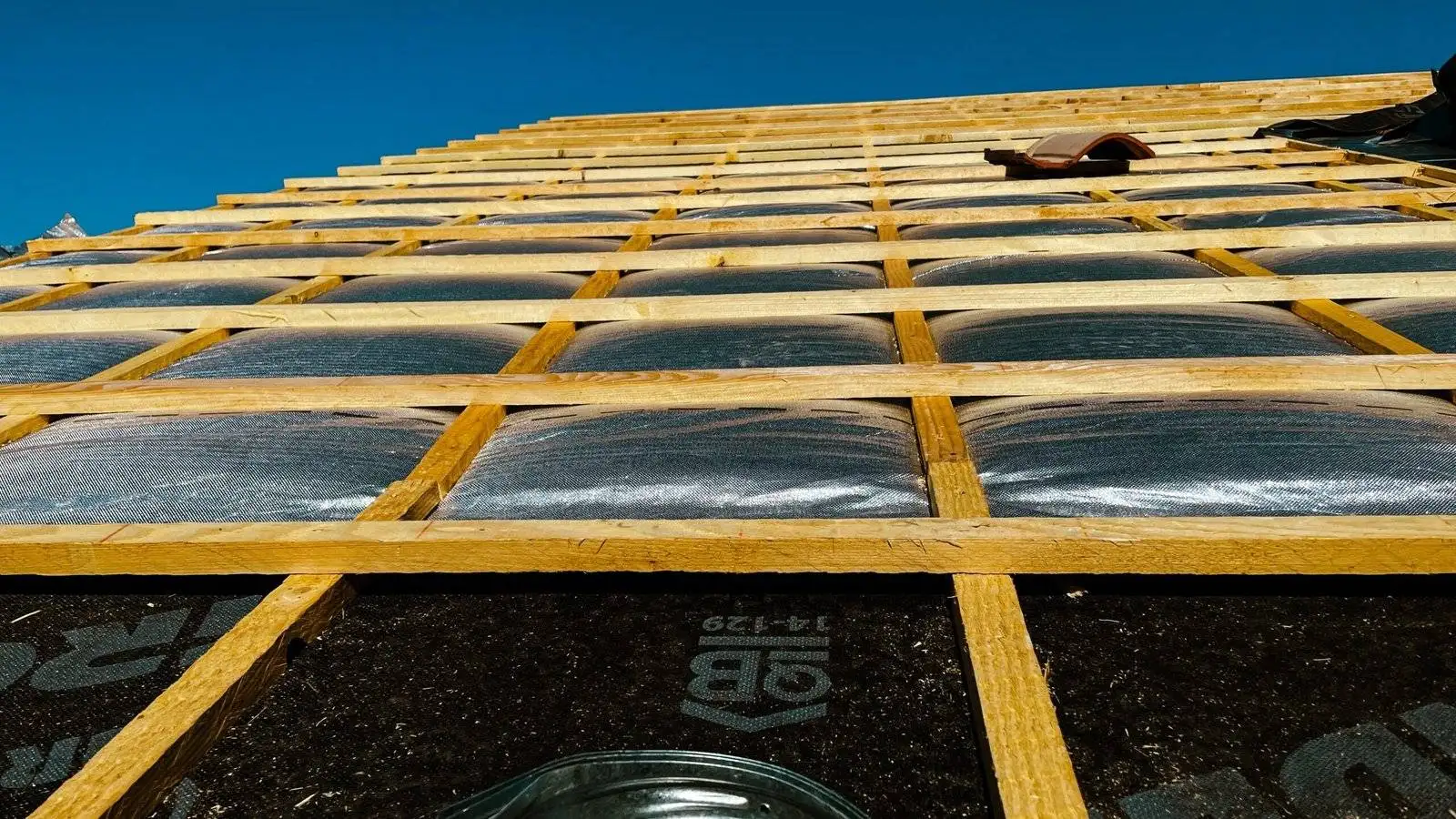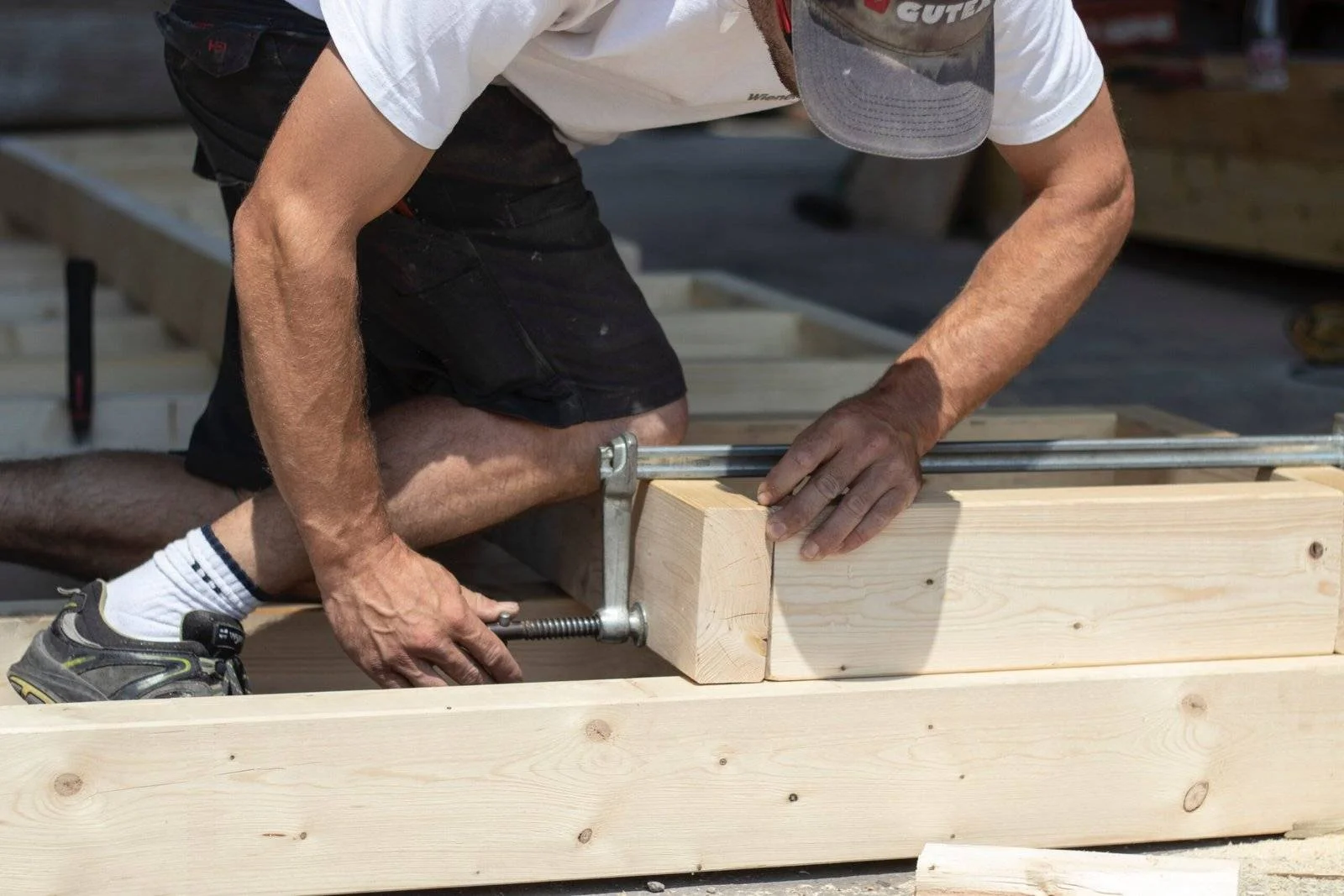When it comes to constructing or renovating a roof, one of the critical components that often comes into play is roofing paper. Commonly referred to as underlayment, roofing paper serves as a protective layer between the roof deck and the shingles. A frequently asked question about this material is: Is roofing paper waterproof? In this comprehensive guide, we’ll delve into the characteristics of roofing paper, its waterproofing capabilities, and its importance in roofing systems.
Understanding Roofing Paper
Roofing paper, also known as roofing felt, is a type of underlayment used in roofing systems. It is typically made from organic or fiberglass substrates, which are then saturated with asphalt to enhance its durability and water resistance. There are two main types of roofing paper: organic and synthetic.
- Organic Roofing Paper: Made from paper or cellulose, it is saturated with asphalt to make it water-resistant. This type of roofing paper is thicker and often used in areas with extreme weather conditions.
- Synthetic Roofing Paper: Made from fiberglass or polyester, it is lighter and more tear-resistant compared to its organic counterpart. Synthetic roofing paper is preferred for its superior durability and ease of installation.
The Purpose of Roofing Paper
Roofing paper serves several essential functions in a roofing system:
- Waterproofing: While roofing paper itself is not entirely waterproof, it is highly water-resistant. Its primary role is to provide an additional layer of protection against water infiltration. In the event of shingle failure, roofing paper helps prevent water from seeping into the roof deck.
- Protection: It protects the roof deck from moisture, wind, and debris. During construction, it safeguards the deck from rain and other elements until the shingles are installed.
- Longevity: Roofing paper helps extend the lifespan of the roofing system by providing a buffer against weather-related damage.
- Fire Resistance: Some types of roofing paper have fire-resistant properties, adding an extra layer of safety to the home.
Is Roofing Paper Waterproof?
The short answer is no, roofing paper is not entirely waterproof. However, it is designed to be highly water-resistant. Here’s how it works:
- Water Resistance: Roofing paper can repel water to a certain extent. The asphalt saturation in organic roofing paper and the synthetic materials used in synthetic roofing paper provide a significant level of water resistance. This means that while roofing paper can prevent water from penetrating the roof deck under normal conditions, it is not entirely impervious to water.
- Temporary Protection: Roofing paper offers temporary protection during the construction process. If exposed to rain before the shingles are installed, it can protect the roof deck from getting wet. However, prolonged exposure to water can eventually cause the roofing paper to deteriorate.
- Secondary Barrier: Once the shingles are installed, roofing paper acts as a secondary barrier. If the shingles are damaged or displaced, roofing paper helps prevent water from reaching the roof deck.
Enhancing Waterproofing with Synthetic Roofing Paper
Synthetic roofing paper has gained popularity due to its enhanced waterproofing capabilities compared to traditional organic roofing paper. Some benefits of synthetic roofing paper include:
- Higher Water Resistance: Synthetic roofing paper is less likely to absorb water and provides better protection against water infiltration.
- Durability: It is more durable and tear-resistant, making it a reliable option for areas prone to severe weather conditions.
- Longer Exposure Time: Synthetic roofing paper can withstand exposure to the elements for a longer period, making it suitable for use in extended construction projects.
Installation and Maintenance
Proper installation and maintenance of roofing paper are crucial to maximizing its water-resistant properties. Here are some key points to consider:
- Overlap: When installing roofing paper, ensure that each layer overlaps the previous one. This prevents water from seeping through the seams.
- Fastening: Use appropriate fasteners to secure the roofing paper. Staples, nails, or roofing caps should be used according to the manufacturer’s recommendations.
- Ventilation: Ensure proper ventilation of the attic and roof deck to prevent moisture buildup. This helps maintain the integrity of the roofing paper and prevents mold and mildew growth.
- Inspection: Regularly inspect the roof for signs of damage or wear. Replace any damaged roofing paper to maintain its water-resistant properties.
Read More: How Long Do Wood Shake Roofs Last?
Conclusion
In conclusion, while roofing paper is not entirely waterproof, it is designed to be highly water-resistant and plays a crucial role in protecting the roof deck from water infiltration. Both organic and synthetic roofing paper offer different levels of water resistance, with synthetic roofing paper providing enhanced durability and longer exposure times. Proper installation and maintenance are essential to ensuring the effectiveness of roofing paper as a secondary barrier in your roofing system.


